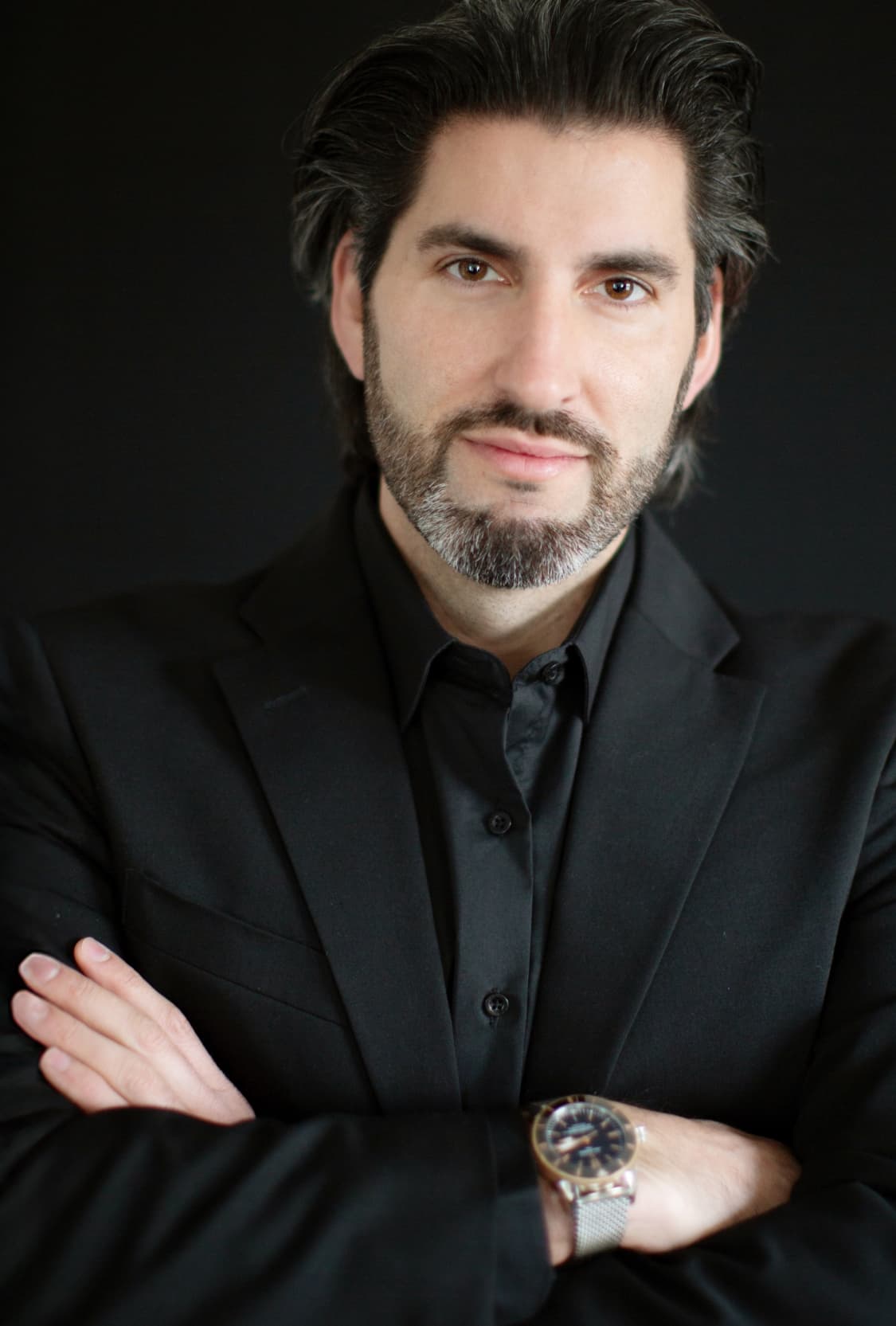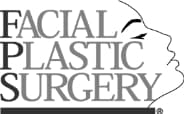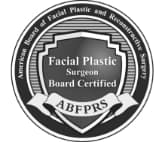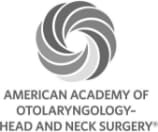Types of Rhinoplasty: What’s the Best Approach for Your Nose?
As a double board-certified facial plastic surgeon, I specialize in tailoring each nose job to create balanced, natural-looking results that enhance your facial features. Because your nose takes center stage in your appearance, it’s essential… Continue Reading








